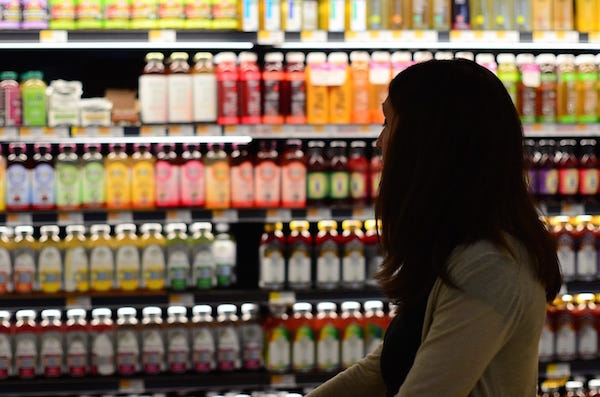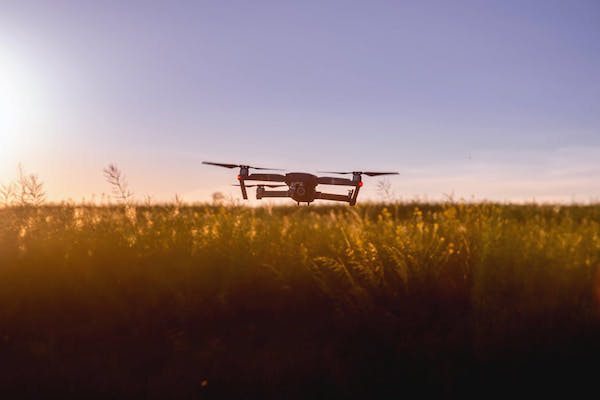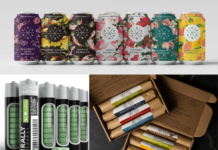
Entrepreneurship is often glorified in the media and American mythology, with the central and pivotal point of the story of business success being the “Eureka” moment where the entrepreneur has their big, brilliant idea. Those moments are certainly important, and products need to be innovative and defensibly unique in order to stand out in today’s marketplace.
But, what is more difficult is figuring out how to execute on that idea and how to optimize every aspect of the business for financial success. For example, discovering and defining a consumer driven product through a meticulous and data-driven process is more likely to yield success than an unintentional process of new product development that doesn’t question the assumptions behind the original vision for the product. Fixing businesses’ financial statements and projection models – while tedious – does more to clearly communicate why potential lenders or investors should lend to and invest in a company than recounting the “Eureka” moment in detail.
Food companies often need to scale quickly, and those operational decisions surrounding how best to scale can make or break the business. This includes the decision to manufacture in-house or use a co-packer, or even something as seemingly mundane as having specific terms for handling ingredient and packaging inventories documented in a contract that has been reviewed by legal counsel. Scaling – which includes improving financial and new product development processes – often means building a team that can help the entrepreneur execute and implement their vision.
All of these things can seem less “sexy” than coming up with the brilliant idea that no one thought of before. However, we have found that in the end, profitability and long-term financial success are often in the details of the execution, not just big, brilliant ideas alone.
And now, our roundup of the best food and beverage finance news, events and resources from around the web…
Business Model Insights
- Questions to Ask a Food Co-packer (The Balance) – “Will you or the co-packer be purchasing and managing the ingredient and packaging inventories? If they are handling it all you need to decide on safety stocks, storage, and out-of-date costs. Are you able to use ingredient specs that are common to other producers (e.g. salt granulation)? How predictable is the demand for your product and how far in advance will you be willing to “lock in” on the production schedule? Do you have or do you know the optimum production length? Does the co-packer already own the equipment and can it be used as is? Does your packaging material run on their machinery? What do raw material, in-process and finished product analysis you require? How will you train the co-packers employees on the sensory standards for pass-fail of the product? How will you handle “emergency” product demands and does the co-packer have machine/personnel resources to handle the production and at what cost? If you require short runs on an unpredictable schedule your costs will be very high. Will this be sustainable for your business? Have you considered asking the co-packer to develop 2 cost scenarios?”
- A powerful antidote to fear of selling (New Hope Media)
- The Truth About Overnight Success In The Food Truck Industry (FoodTruckr)
Raising Capital
- 5 steps to prepare for successful fundraising (New Hope Media) – “Founders tend to make one of two catastrophic fundraising mistakes before they even pitch investors: poor timing and lack of preparation. Keep these five tips in mind when preparing to raise funds to avoid these pitfalls. #1: Get your books in order. This involves everything from building a financial model that tracks actual vs. projected to setting up a logical chart of accounts and publishing your monthly financials in an organized, industry-accepted manner. Your financial model should be easy to use and easy to explain. Investors are going to dive deep into this. If you, as a founder, are not fully capable of walking through every detail of your financial model, you need to invest time in this area.”
- This Founder And Investor Explain How They Learned To Trust Each Other (Fast Company)
- 6 steps to transforming your startup dreams to reality with ‘regulation crowdfunding’ (New Hope Media)
 CPG/National Brands
CPG/National Brands
- MVPs for CPGs — How Food and Beverage Brands Evolve (CircleUp) – “A Minimum Viable Product is when you release the simplest market-acceptable version of your grand vision and incorporate the lessons learned in future releases. So what’s the MVP for a new cookie or cold-brew? A nascent CPG business requires execution on multiple fronts: taste, SKU and size, design and visual, unit economics, distribution and so forth. If your initial offering falls so short in any area that it discourages prospective consumers or alienates the few willing to give it a chance, you’re doomed. An intelligent launch strategy initially dodges a bullet or two from the above, posing fewer potential landmines at the start. For example, if you start a beer brand by delivering kegs to restaurants instead of 6-packs to retail, you can streamline your distribution and delay defining your visual identity. You’ll also inculcate a grassroots fan base to help you hit retail shelves with greater velocity.”
- Amazon Cuts Whole Foods Prices as Much as 43% on First Day (Bloomberg)
- CPG Data Tip Sheet’s Favorite Things (CPG Data Insights)
Market Trends
- Perspectives: Food Shopping Gets Even More Convenient (Nielsen) – “As evidenced by Amazon’s recent announcement that it intends to acquire Whole Foods Market, the lines between food and beverage purchase channels are growing increasingly blurry. We see the signs across the board, as consumers are spending more money eating away from home than at home ($800 billion away from home versus $793 billion at home in 2016, according to the USDA1); venturing online to fill the pantry (we project that e-commerce could grow from 4% to 20% of grocery sales by 2025); and experimenting with new avenues of food preparation (e.g., 25% have tried meal kits). But as analysts speculate about how the acquisition will affect the grocery business, their predictions about pricing models and industry players are missing a key component of Amazon’s strength: the consumer. In that regard, I think we should ask a different question first: What will the acquisition mean for the food and beverage consumer experience?”
- Produce tops grocery lists for organic food shoppers in the US (Mintel)
- Report: Online grocery shopping consistent across income levels, age groups (FoodDive)
Farming and Ag Tech
- What is AgriFood Tech? (AgFunder News) – “Agrifood tech is the small but growing segment of the startup and venture capital universe that’s aiming to improve or disrupt the global food and agriculture industry. As with all industries, technology plays a key role in the operation of the agrifood sector, but the pace of innovation has not kept up with other industries. Agriculture is the least digitized of all major industries, according to the McKinsey Global Institute’s Digitization Index. Agrifood is a complex industry, which makes change challenging as it includes a wide range of processes, operations, and roles as food travels from the farm to the fork. However, this creates lots of opportunities for entrepreneurs and technologists to disrupt the industry and create new efficiencies with agrifood tech at various points in the chain.”
- Farmers face vendor lock-in as agriculture goes digital (VentureBeat)
- Natural Grocers uncovers top 3 reasons why shoppers buy organic produce (New Hope Media)
Deals/M&A
- Where’s the Growth? Look No Further Than Food & Beverage (CapX Partners) – “Strategies for product line expansion, enhanced distribution, and new product development are top priorities for growing food and beverage companies. To meet the fast growing demand for their products, niche food companies require updated and efficient production assets as well as investment in the expansion of their facilities. If the budgets of some of the food and beverage industry’s largest companies are any indication, capital spending budgets this year are 10.4 percent higher than what was actually spent last year. According to the PMMI 2017 Trends in Food Processing Operations study, nearly half of those surveyed will be spending more on capital equipment in the next 12 to 24 months.”
- Farmers Warily Eye DuPont Purchase of Farm Software Leader (Food & Power)
- Hormel expands foodservice business with $425M Fontanini buy (FoodDive)
Industry Events
- Natural Products Expo East (New Hope Network) – $, 9/13 – 9/16 in Baltimore, MD
- Strong Women, Strong Coffee (WWBIC) – $, 9-22 in Madison, WI
- Basic Food Safety (FaB Wisconsin) – $, 10/4 – 10/6 in Milwaukee, WI
- Advanced Food Safety (FaB Wisconsin) – $, 10/26 – 10/27 in Milwaukee, WI








